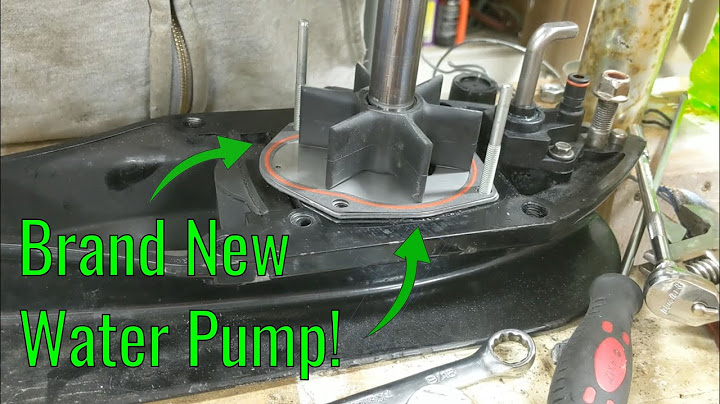For those interested... Show
Hi, Thoroughbreds! Hope this helps. Best regards, Bob
Hi, Thoroughbreds!
For those interested... 
Are Glock 19 barrels interchangeable between generations?Interchangeable Parts
The larger component parts of any GLOCK pistol - the frame, the stock and the slide - are interchangeable between different models. Most of the smaller, internal parts of GLOCK pistols are interchangeable as well.
What is the difference between a Glock 19 Gen four and Gen five?Gen 4 and Gen 5 have a notch on both sides of the magazine to make them backward compatible. Gen 4 magazine has a black follower and the Gen 5 has an orange follower. That's the one difference between the two magazines.
What kind of barrel does a Glock 19 Gen 5 have?Summary: The new Glock 19 Gen 5 has a Glock Marksman Barrel, which features a hybrid rifling between traditional and polygonal rifling. This may marginally improve the accuracy of the barrel, but not enough to notice a difference when shooting.
|

Postagens relacionadas
Publicidade
ÚLTIMAS NOTÍCIAS
Publicidade
Populer
Publicidade

direito autoral © 2024 cemle Inc.




























